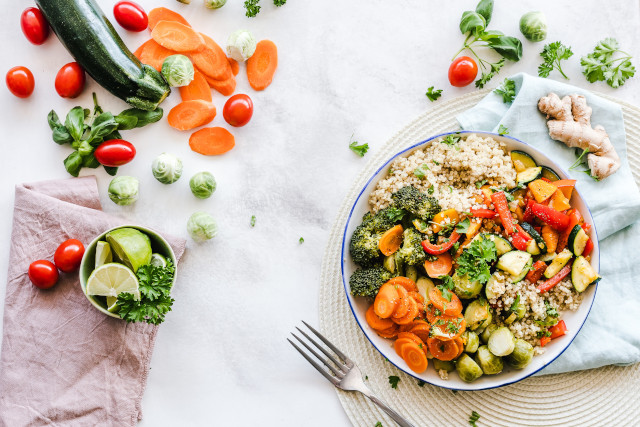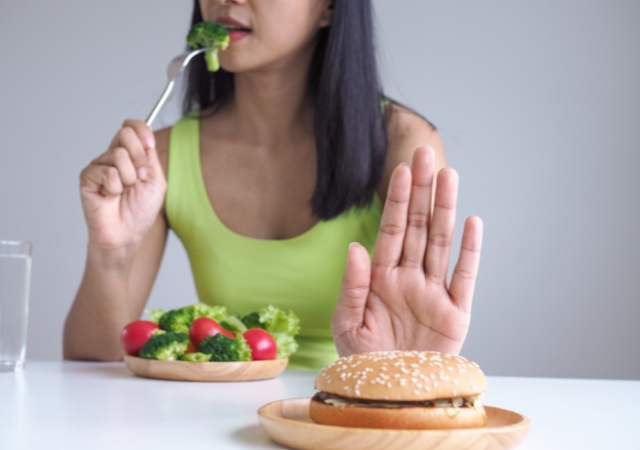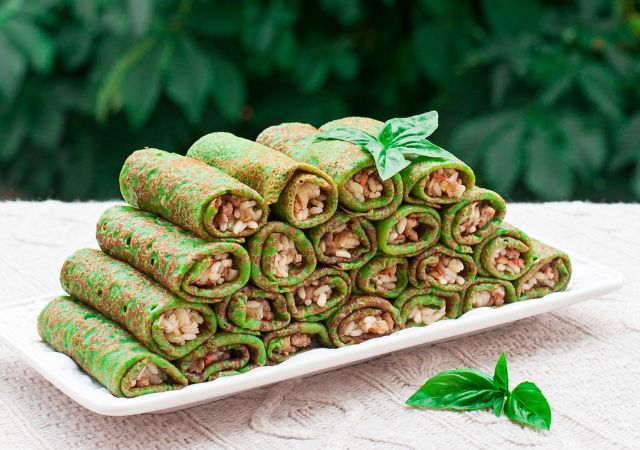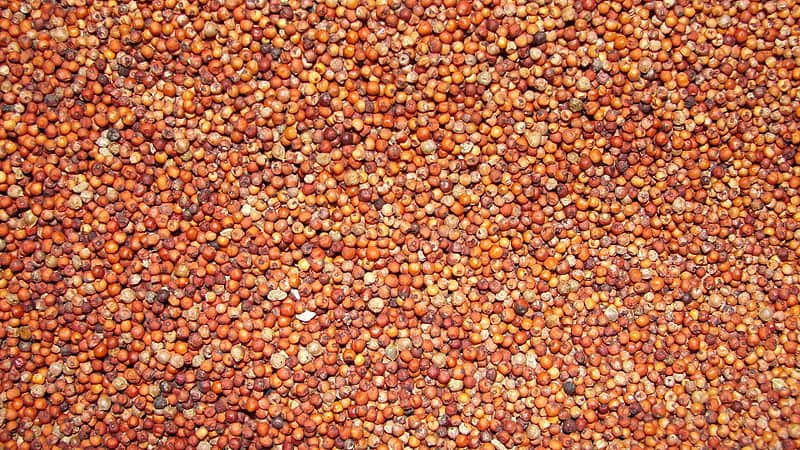
For people with diabetes, foods that spike the blood sugar level are best avoided. These include our favourite carbs such as white bread, white pasta, white rice…you get the idea. Of course, one of the beloved staple breakfast food is also included in this to-be-avoided group—cereals.
The main reason cereals become one of the cautioned foods is because to make them flavourful, the manufacturers often add a lot of sugar to it. The whole idea of a cereal breakfast is to fill you with energy fast, which mainly comes from the fast-digesting carbs and sugars—not good news for diabetics.
Contents
But sometimes the best things can come from a completely foreign land. Our beloved rice dishes, for example, was mostly came from Asia, sometimes European countries or the Caribbeans (such as Arborio rice used often in Spain and Italy, and rice and beans from the Caribbean region).
Usually cereal and porridge are considered an American and European food. Even in China or Japan, the idea of most cereals were inspired by imported brands from the Western countries. However, India has its own local cereal food. Incidentally, it may just be one of the healthier grains that is diabetes-friendly, not only for its nutritional values, but for the way you can prepare them in the kitchen.
This grain we are talking about is ragi, as it’s known in India, or finger millet. In this post, we are taking a look at its nutrition, health benefits, and how it relates to diabetic health.
Nutritional profile of ragi
Ragi, or finger millet, has high contents of protein and dietary fibre, along with a rich reservoir of minerals such as magnesium, zinc, potassium, and calcium. Overall, the nutritional values in finger millet is comparable to oats, but there are some key differences.
Traditionally, ragi is consumed in grainy form, flour, or fermented drinks or even made into beer. The fact that finger millet can be fermented into an alcoholic beverage points to the existence of sugars in this grain. Indeed, ragi naturally contains sucrose and maltose. In comparison, oat does not contain sugars and only secretes sugars as its starch and carbohydrates get metabolized in our system.
Regardless, according to a compilation of studies published the book Lost Crops of Africa, finger millet is found to be one of the most nutritious grains.
However, many foods are nutritious, but it doesn’t mean they are good for people struggling with diabetes. Luckily, because of increased awareness of the prevalence of diabetes, its relationship to other conditions such as obesity and heart disease, and the importance of diet in preventing and helping to manage diabetes, more studies are looking at lesser-known minority foods for potential health benefits.
Ragi and diabetes
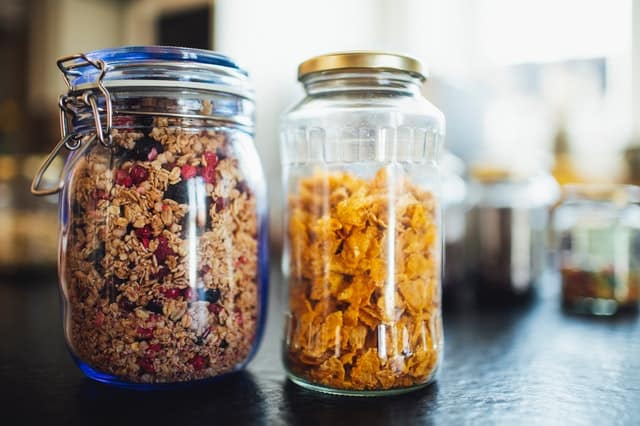
Considering finger millet has high protein and fibre contents, it is not surprising that studies have found anti-diabetic effects in these little grains that look like red little balls. In a systematic review on all the studies conducted up until 2014, it was found that ragi helps managing diabetes by controlling blood glucose level and slowing down the absorption of sugar into bloodstream.
These findings are in line with other studies that found fibres to be effective in controlling blood sugar levels by slowing sugar absorption. But not all ragi products are created equal. As you might expect, the less processed it is, the healthier it is.
Indeed, a study conducted in 2020 found that finger millet, or ragi, has a low glycemic index (GI) which is a number used to measure how fast the intake of a certain food increases blood sugar level. But there was one exception—finger millet flour showed a medium to high value of GI.
In addition, in the same study in 2020, the researchers found that consuming finger millet porridge—that is, ragi in whole-grain form stewed in liquid, ideally water—improved the antioxidant capacities of the patients with diabetes.6 Because diabetes involves a lot of inflammatory activities, the antioxidant-promoting property of ragi is another mechanism through which this grain exerts its anti-diabetic effects.
Further, studies have found that ragi contains polyphenols and the intake levels in a normal meal may contribute to maintaining normal functioning of cardiovascular systems. That is to say, ragi consumption may well contribute to protecting you from any potential heart disease.
Although many aspects of the ragi grain still remain to be further investigated in research in order to determine its full range of health benefits, from the research available thus far, it looks like it is one of those grainy carbs that are good for you, even when you struggle with diabetes.
That said, keep in mind that, compared to oat, ragi does contain more naturally occurring sugars such as sucrose and maltose. For this reason, caution is warranted when introducing finger millet into your diet. The best course of action may be to take this idea to your doctor and consult how the introduction of this grain would change the balance of your diet, thus how it may impact your health.
If you do get a green light about ragi, it is understandable if you wonder what else you may do with this ancient grain. Besides porridge, that is. Next, we are looking at some diabetes-friendly recipes you might use in your kitchen.
1. Steamed ragi
As a whole grain that looks almost like a seed, finger millets can be cooked almost like rice. As a stark contrast to porridge, one of the main cooking methods for ragi is steaming.
For steaming grains like ragi, you will need a deep saucepan, and a dish or bowl smaller than the pan itself, as well as a cheese cloth. Before cooking it, run the grains under cold water for a minute or two to clean its surface. Then spread them evenly across the cheese cloth and place the cheese cloth in your dish or bowl (ideally those specifically made for steaming, which you may find in Asian supermarkets.
Place a high bowl or can as a stand in the pot and fill the water to below the top of the stand. Once you bring the water to boil, leave the lid covered over the pot so the steam can start cooking the ragi. It should take only about 5 minutes to cook the grains. But if you’re not sure, don’t worry—just grab a spoon and have a taste. Cook until completely tender but not mushy.
Although steamed ragi is a very good substitution for regular white rice and a variety for brown rice, and is a good companion for any dishes you may have paired with rice, it could become monotonous quite soon. But luckily, steamed ragi may be regarded as a foundational food that you can lavish your imagination upon to create other dishes.
2. Ragi salads
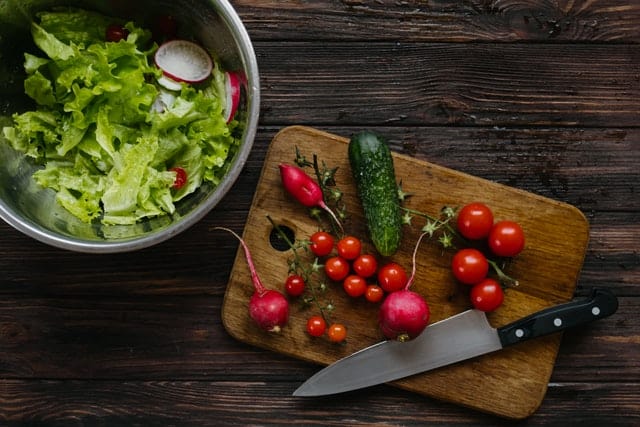
This is one of the applications of the steamed ragi. Follow the instructions above, and with two more simple steps, your ragi will be ready for a dressing.
Because there is a certain amount of starch in finger millet, if left to chill immediately after steaming, you will get a gooey sticky pile of cold mush. To remove as much of the starch as possible, the best way to do it is to rinse the steamed ragi under cold water while rub gently the grains between your fingers to separate the individual grains.
Afterwards, spread the rinsed ragi on a wide dish lined with paper towels and leave it in the fridge to chill and dry. When they feel crisp and not sticky with water, it’s ready for the salad. Since we are talking about diabetes-friendly recipes here, and since ragi comes from India and African countries where spices are a crucial part of their cuisine, ragi does very well with spicy and savoury salads.
From chillies to spice powders to herbs, you can add whatever you want to the chilled ragi. Squeeze in some lemon, which is also a good food for diabetic health, and dress with just enough olive oil to coat every grain, that’s a ragi salad bowl in itself.
Of course, when it comes to health and managing blood sugars, the fibrous leafy greens are always welcome additions, or staple, depending on your taste (although for diabetes, more fibre is probably better than less). Try using vegetables with an earthy taste so they can hold their own in such robust grains and spices.
3. Ragi pancakes…?
Full disclosure, not sure how this one might turn out. The image we’re going for is a savoury pancake that’s made only from chilled, extremely thick ragi porridge. You might find the sound of it strange, but it wouldn’t be the first time that we grill or sear a food that’s commonly eaten as porridge. Remember grilled polenta?
As opposed to steaming ragi, this time we are boiling it in water, but not too much. Then you can cook it until it thickens almost to resemble batter. Let it cool as it is until it looks like a solid block, then take it out to mix in an egg or two, and put it on medium-high heat with a little bit of olive oil.
Who knows? might just work like polenta.
Conclusion
All in all, ragi, though less ideal compared to oat, is yet another healthy substitution for rice and breads. From what we do know right now, it seems to be a food potentially beneficial to those struggling with diabetes, but more research is needed. Because of its sugar content, it is highly advisable you consult your doctor before grabbing a sack for your pantry. And when you do eat it, stick to savoury recipes.


